Конспект уроку у 3 класі за темою "Food"
Яковлівська загальноосвітня школа І-ІІІ ступенів
Харківської районної ради Харківської області
План-конспект уроку
y 3 класі

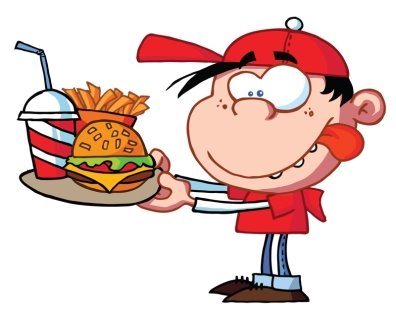
Підготувала та провела
Рудакова Ольга Іванівна,
вчитель іноземної мови (англійської)
вищої кваліфікаційної категорії,
старший учитель
План-конспект уроку
з елементом театралізації та використанням ІКТ
Дата: Предмет: Англійська мова
Клас: 3
Місце проведення: Яковлівська ЗОШ І-ІІІ ст.
Учитель: Рудакова Ольга Іванівна
Тема уроку: Food.
Тип уроку: Урок узагальнення та систематизації знань
Обладнання: електронні словники, комп’ютер, телевізор, CD та DVD диски,
презентація, довідкова література, підручник, робочий зошит.
Наочність: штучні фрукти, тематичні малюнки, фонетичні картки, плакати “Breakfast”, Lunch”, Dinner”.
Роздатковий матеріал: ситуативні картки, набір карток з назвами їжі, словники, іграшки, слова пісні, меню.
Мета уроку:
- систематизувати лексичні одиниці та перевірити навички логічного мислення за допомогою ігрових технологій;
- розвивати ситуативно-діалогічне мовлення учнів;
- розширити кругозір;
- перевірити вміння дітей застосовувати вивчені ЛО в конкретній мовленнєвій ситуації;
- навчити діяти в нестандартних умовах;
- узагальнити навички учнів правильно будувати питання та відповіді на них вживаючи вивчені ЛО;
- показати практичну значущість матеріалу, який вивчається;
- виховувати в учнів уважне відношення до свого здоров`я;
- виховувати естетичні навички;
- прививати інтерес до вивчення англійської мови;
- розвивати критичне та логічне мислення;
- розвивати інформативно-комунікативну компетенцію.
PROCEDURE
I. Introduction.
1. Greeting. (0,5 min)
Pupils and Teacher: Good morning, good morning,
Good morning to you.
Good morning, good morning,
I’m glad to see you!
Teacher: Smile to each other. Thank you, sit down.
2. Preparedness for the lesson. (1 min)
Teacher: Who is absent today? Are you ready for the lesson? Have you got books, workbooks, pens, pencils? I’m glad to hear it. So, let’s begin our lesson.
II. Main Part of the Lesson.
1. Topic and aims of the lesson. (2 min)
Teacher: Look at the blackboard. How do you think, what we are going to talk about?
(The pictures of food are on the blackboard)
Pupils: Food
Teacher: You’re right. The topic of our today’s lesson is “Food”. We’ll go on to speak, listen and read about meal. It is so interesting, isn’t it?
Pupils’ answers
Teacher: You’ll be able to: the first – name fruit and vegetables; the second – make dialogues and use the knowledge in English; the third – to describe some products and not only… Work hard to get higher marks.
2. Reproduction and correction of basic knowledge. (8 min)
Teacher: Name the words.




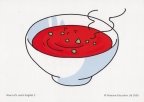

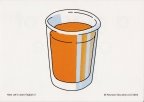
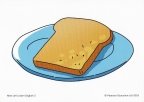


Teacher: What do you usually have for breakfast?
What do you like to drink?
Do you like fruit?
What is your favourite food?
Teacher: Watch the video and listen about children likes and dislikes.
(Video)
Teacher: Very well. Thank you. And now look at the blackboard and say what food you like to eat for breakfast, lunch, supper and what you don’t.
(Posters “Breakfast, lunch, supper”)
Pupils: I like a toast but I don’t like vegetables for lunch.
3. Summarizing and systematization of educational material. (12 min)
Teacher: What do you usually have for lunch at our school?
Pupils:
Teacher: And what do you know about British and American lunches?
Pupils: British and American boys and girls usually take lunches in lunch boxes to school. They like oranges, yoghurt and chocolate. They usually take cheese, sausage or egg sandwiches, fruit or some cake.
Teacher: And now get your lunch boxes, open them and tell what food you have in it.
Pupils: I have…
Teacher: And now let’s have a rest and get to know haw to make different salads.
Pupil: Making Salads
On Sundays my sister and I like to make salads. I like making a fruit salad. I take three apples, two oranges, a banana and some cream.
My sister makes a vegetable salad. She takes two cucumbers, three tomatoes, an onion and some oil.
Come and enjoy our salads!
Teacher: And now let’s check on your homework. Tell us what you have for dinner.
4. Using of knowledge in typical situations. (6 min)
1. Listening
Teacher: Listen to the text, read and translate.
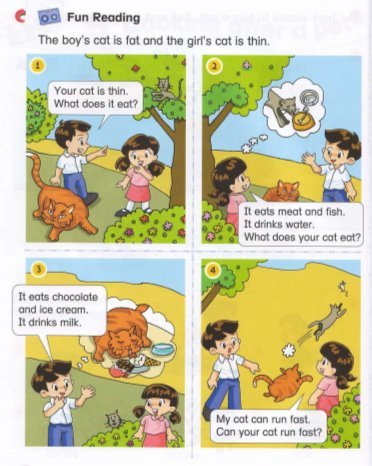
Teacher: What does the first cat eat? And the second?
2. Reading and speaking.
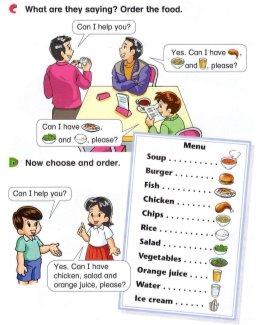
Teacher: Let’s speak about your favorite dishes. Answer my questions.
- What do you usually eat, when you are hungry?
- What do you usually drink, when you are thirty?
- What does you mother cook you for breakfast, for dinner, for supper?
- What food do you like best of all?
5. Using of the knowledge in changed situations. (6 min)
Teacher: Now I get you some menu and you try to order the tasty food.
At the Cafe
Teacher (as a waiter): Can I help you?
Pupil: Can I have…
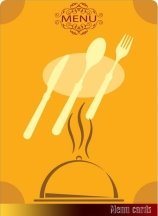
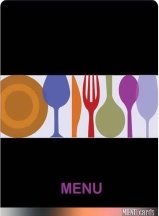

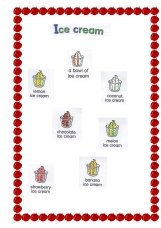
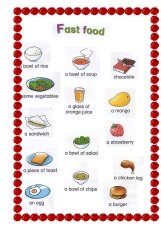
III. Ending of the Lesson. (4 min)
1. Summing up.
Teacher: Our lesson is coming up to the end. Children, what have we done at our lesson?
Pupils: (possible answers)
- we sang, read, wrote;
- described the food;
- played games.
2. Reflexion.
Teacher: Did you like the lesson? What did you like the most?
3. Home assignment.
Teacher: Open your mark books and write down the homework.

4. Evaluation.
Teacher: You worked well during the lesson. It was pleasure to teach you. Thank you. I’m going to put down the marks according scores you have got (teacher puts marks and comment them according the evaluation list).
5. Parting.
Teacher: The lesson is over. Thank you. Good bye.
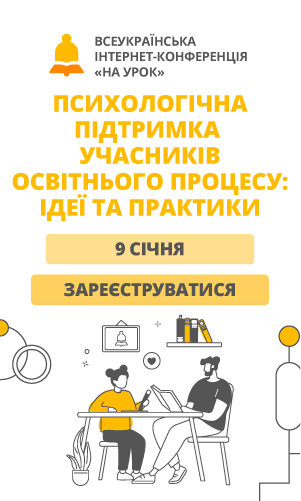

про публікацію авторської розробки
Додати розробку
